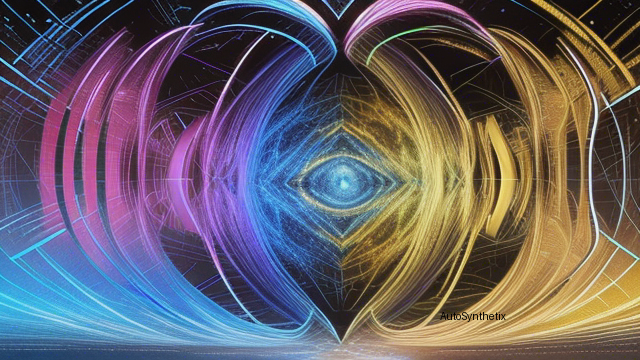In today's rapidly advancing technological landscape, artificial intelligence (AI)-driven tools like Generative Adversarial Networks (GANs), Diffusion Models, or large pretrained transformer architectures such as OpenAIs GPT series, have revolutionized content generation while simultaneously posing new challenges around identifying doctored visual assets accurately. Enter 'FakeShield', an innovative research endeavor aiming at bridging the gap in explaining how deepfake imagery comes into existence, paving a path towards robust Image Forgery Detection & Localization (IFDL) methodologies. This groundbreaking study published under arXiv unites the prowess of multimedia processing along with cutting edge Natural Language Processing (NLP) technologies spearheaded by Large Language Models (LLMs).
**Tackling Twofold Challenges**: Traditional Image Forensics approaches often suffer from opaque working principles and struggle to maintain consistency when confronting numerous tampering strategies ranging widely from conventional photo retouchings using software platforms like Adobe Photoshop®, through advanced AI generated fakes, up until sophisticated deep fake creations. Consequently, these limitations call out for novel solutions designed explicitly to handle complexities associated with explanatorily dissecting myriad alterations found within digital pictures. Herein lies the need for FakeShield's emergence—an initiative geared toward overcoming those dual dilemmas: explicability deficit and insufficient universality in forensic applications.
**Introducing FakeShield — A Comprehensively Transparent Framework**: As its name suggests, FakeShield aims at fortifying security against counterfeited photographs, ensuring transparency throughout every stage involved in authentication processes. Its core architecture encompasses three primary components: i.) Authenticity Evaluation assessing overall picture veracity, ii.) Region Mask Generation pinpointing areas indicative of potential modifications, iii.) Judicial Foundation provision supplying evidence drawn both visually (pixel level details) and semantically (image-wide cues). Incorporated here, a crucial aspect is the utilisation of GPT-4O (Openai's fourth instalment of their acclaimed Generative Pre-Trained Transformer model family) assisting augmentation tasks related to presently available IFDL dataset collections, thus building a fresh "Multi-Modal Tamper Description" corpus tailoring FakeShield's learning requirements optimally.
Moreover, FakeShield integrates domain-specific tags guiding an Explainable Forgery Detection module (DTE-FDM), alongside a versatile Multi-modular Forgery Localization mechanism (MFLM) catering to different perspectives during tamper identification procedures whilst relying upon intricate text descriptors detailing the exact changes made within given images. Experimental trials substantiate assertions regarding FakeShield's efficacy, showcasing exceptional performance even amidst highly varied forms of misrepresentations encountered in real world scenarios.
This pioneering venture stands testament to humanity's ceaseless quest for developing resistant systems able to combat ever evolving deception tactics employed within our digitised realm. By harnessing synergistic collaborations between computer vision algorithms coupled seamlessly with state-of-art NLP advancements, researchers have crafted a potent weapon against deceiving photorealism – FakeShield!
References: - Rombach, N., Hoogeboom, B., Kipf, P., Strub, C.-H., Geiringer, S., Clausner, O., ... & Bolkart, H. (2022). High Resolution Image Synthesis With Latentspaces. arXiv preprint arXiv:2208.09651. link: http://arxiv.org/abs/2208.09651 - Zhang, Y., Chen, W., Wang, X., Gu, Y., Yu, C., He, Q., ... & Lin, D. (2023). Stable Diffusion: A Neural Text-to-Image Diffusion Model. arXiv preprint arXiv:2301.06513. link: https://www.baidu.com/link?url=VjpIqJWQzlPdEwSrBKtDZo-jywv- - Suvorov, A., Petrovich, A., Uteshev, I., Shcherbinin, I., Belikov, M., Ivanenko, A., ... & Glushkov, I. (2022). StyleDiffusion: Fast Text-To-Image Synthesis Using Denoising Diffusions. arXiv preprint arXiv:2208.13045. link: http://arxiv.org/abs/2208.13045
Original Authors: Zhipei Xu, Xuanyu Zhang, Runyi Li, Zecheng Tang, Qing Huang, Jian Zhang* (*Equal contribution)
Source arXiv: http://arxiv.org/abs/2410.02761v1
